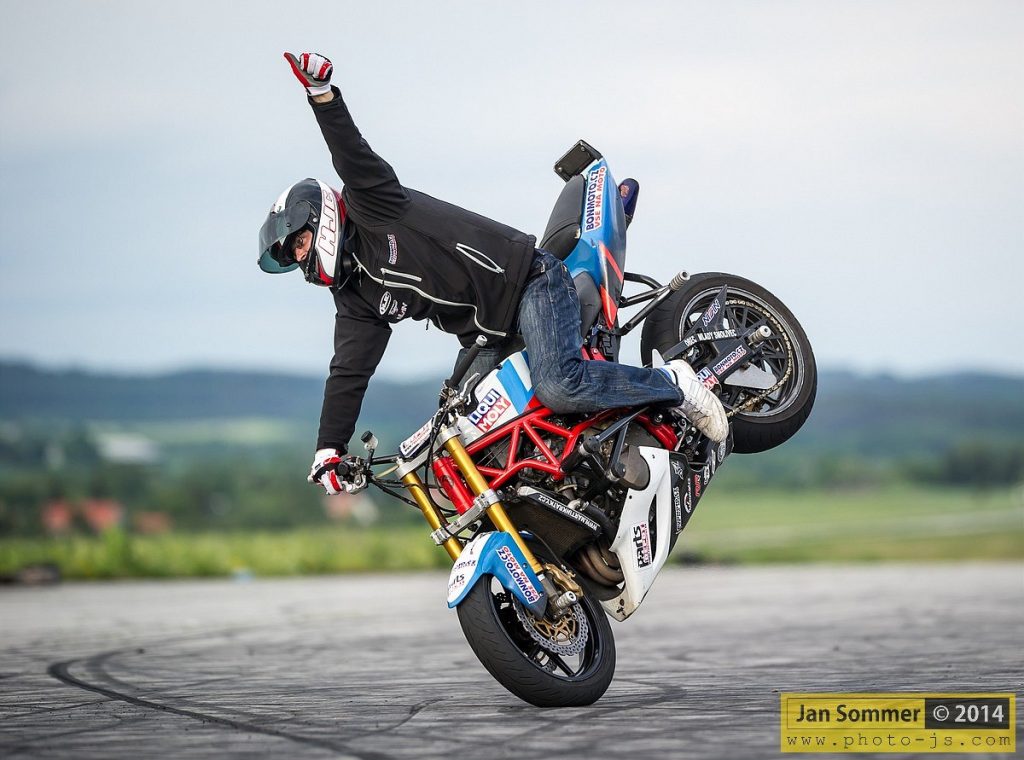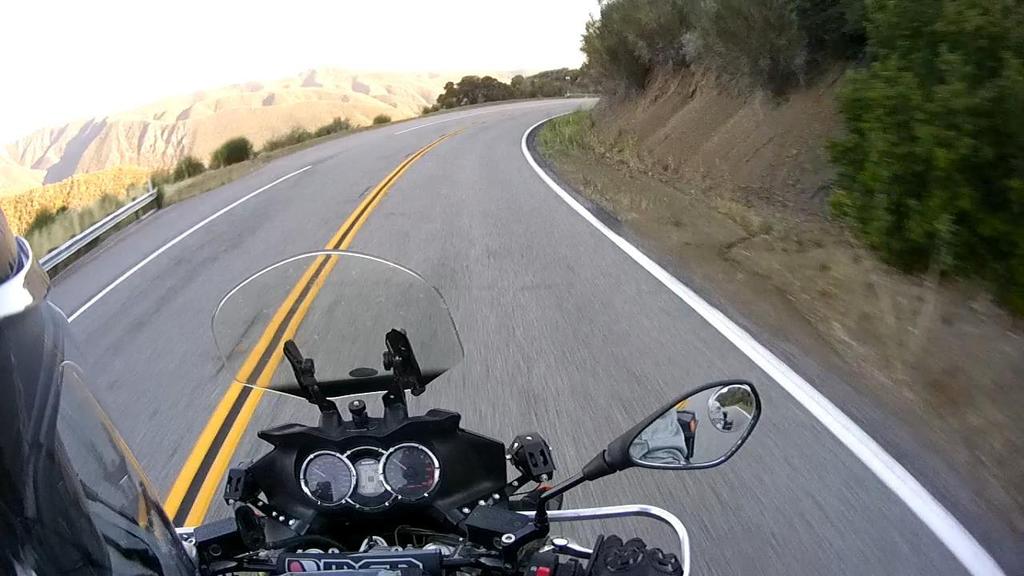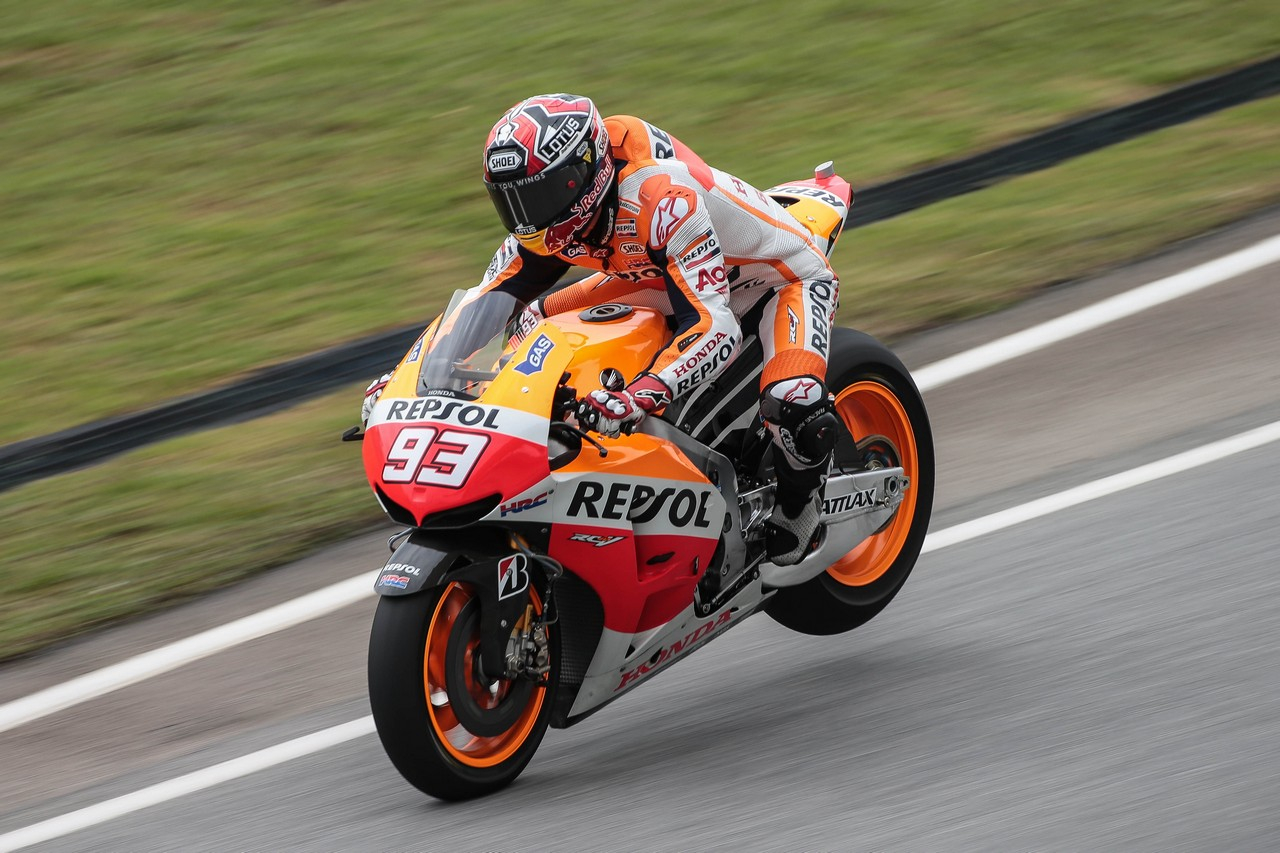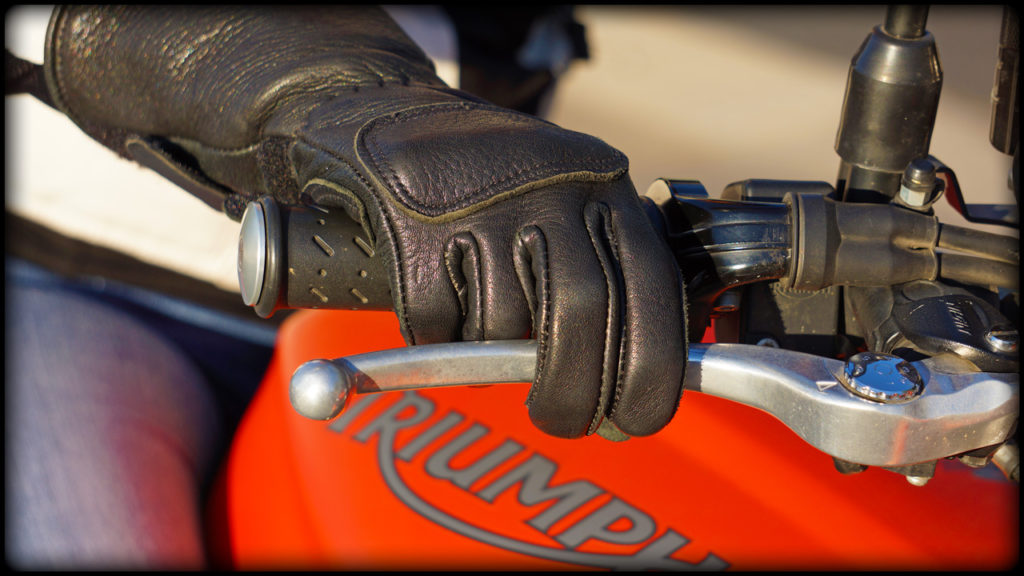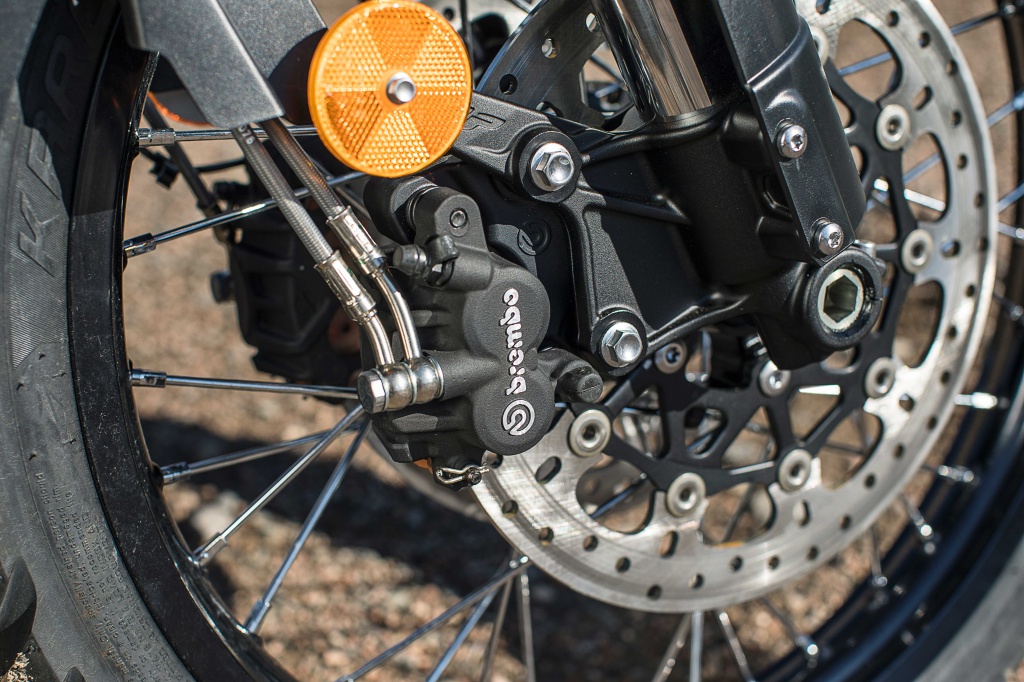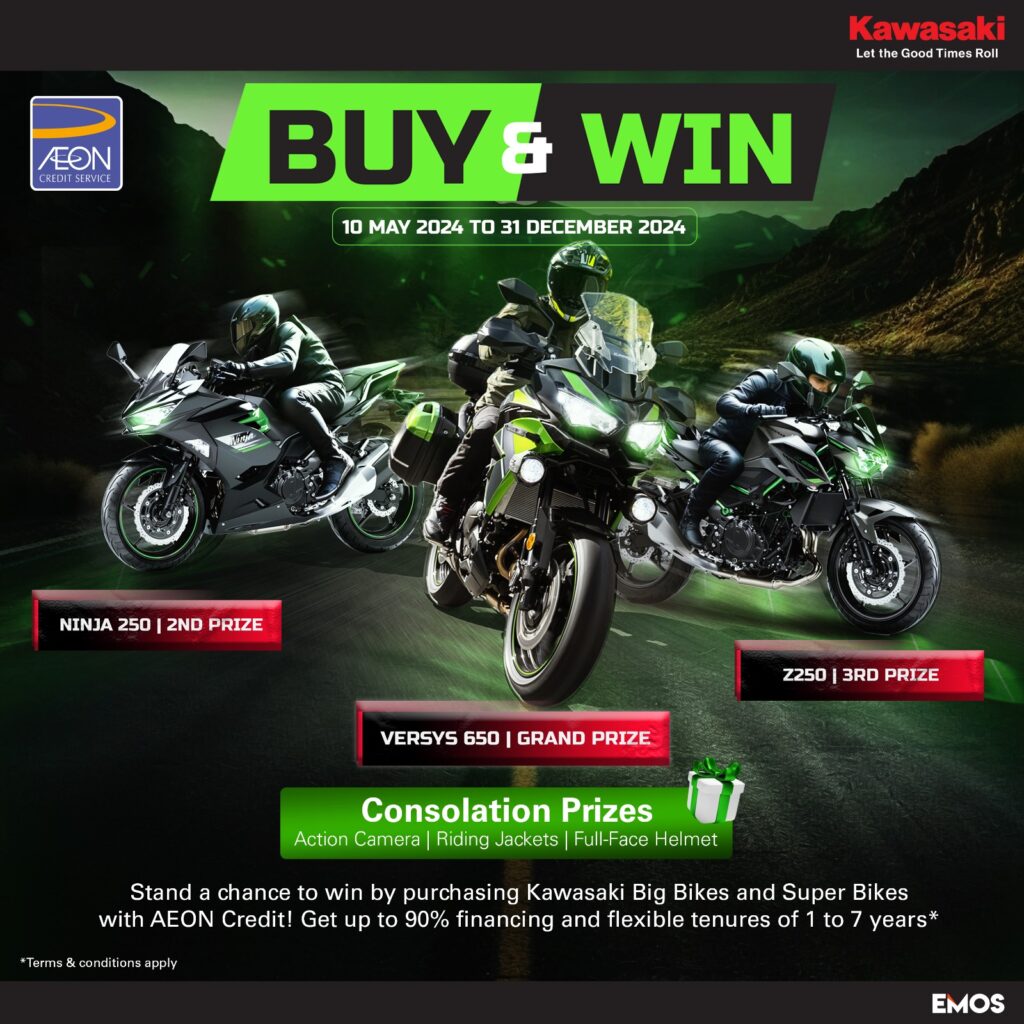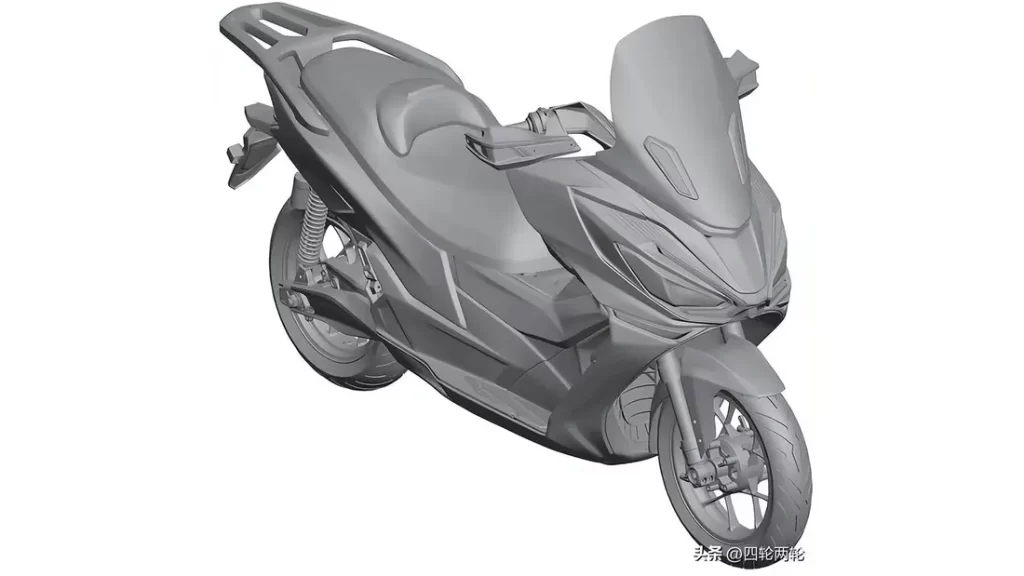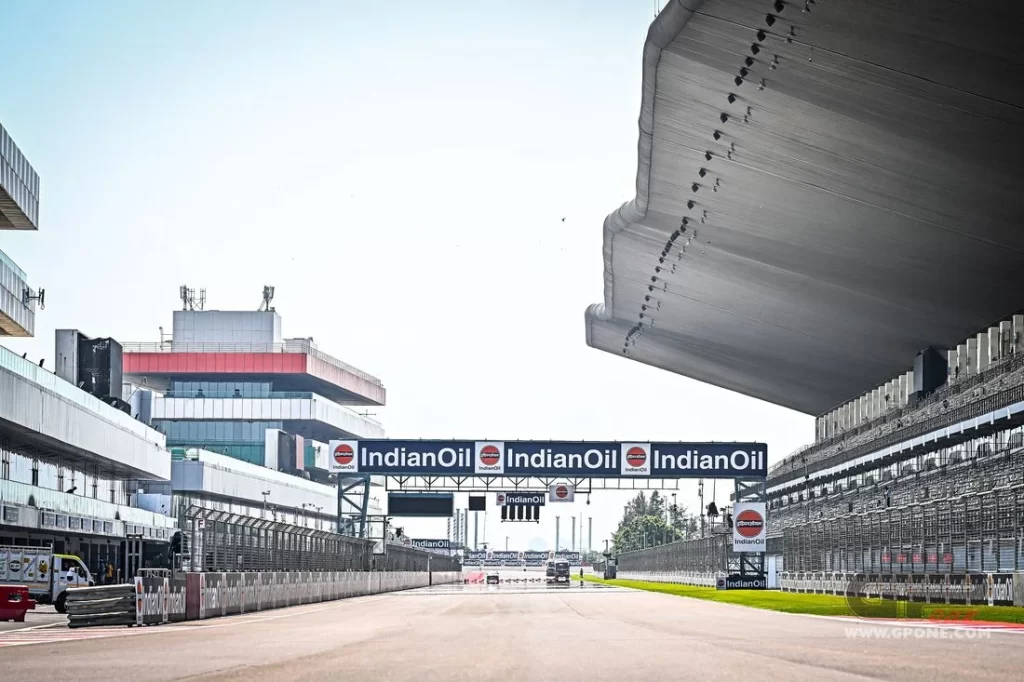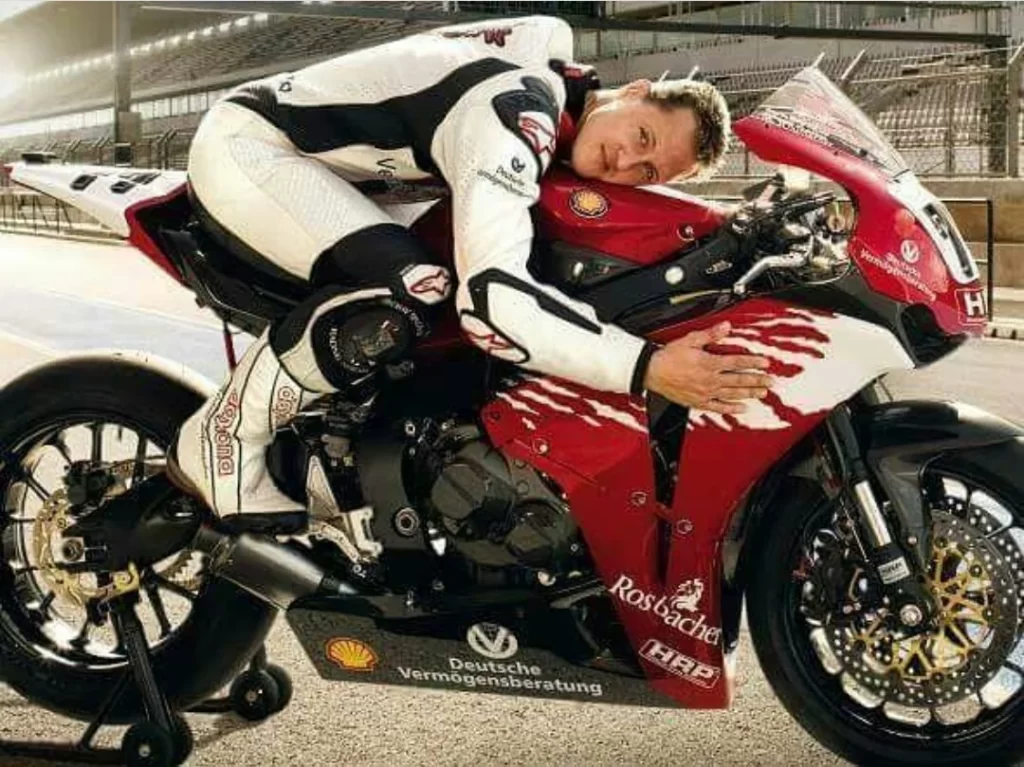-
The brakes are often misused – they are not only for stopping.
-
The modern brake systems are there to assist the rider in many ways.
-
But it is the rider who has to use them correctly.
Of all the rider inputs, braking is often the most misunderstood or wrongly performed.
The main reason for this is due to how significant deceleration forces work on the rider’s body, in addition to how his bike’s behavior when the brakes are applied. As such, riders are often confused by how tiny fingers could slow a 300+ kg mass (the combine weight of the motorcycle and rider) from 200 km/h down to 50 km/h in a heartbeat.
1. Use the brakes to set your target speed
Start thinking of the brakes as a tool to help you set your target speed for a corner. For example, if you’ve ridden through your favourite corner on a daily basis, brake and note the speed before you enter the corner. Doing so will allow you to adjust braking point, braking force and entry speed as well as the turn-in point. Too slow through the corner? Apply the brakes later or release sooner. Too fast? Brake earlier or apply more braking pressure.
It doesn’t help to charge into every corner based on “feel” or “mood”. More often than not, too slow a corner entry will force the rider to add too much throttle in mid-corner, thereby risking the tyre breaking traction suddenly. Too fast into a corner will cause the rider to panic and jump on the brakes, causing the front tyre to either break traction and slide under (low-side) or the bike to stand up and head straight toward the outside of the corner (overshoot).
2. Use both brakes
There’s a myth that the rider shouldn’t touch the rear brake pedal unless he’s coming to a stop. Now, unless you’re braking so hard to lift the rear tyre completely off the ground like Marc Marquez, using the rear brake keeps the chassis stable, even if you should feel that using it does not decrease your stopping distance.
If the rear brake is truly defunct in its purpose, why do manufacturers equip their bikes with it in the first place, or lately, the rear-wheel lift mitigation (RLM) electronic rider aid? As the name suggests, it keeps the rear tyre on the ground, allowing the rider to utilize the rear brake. In fact, this rider aid is used extensively in MotoGP (to different degrees among different riders).
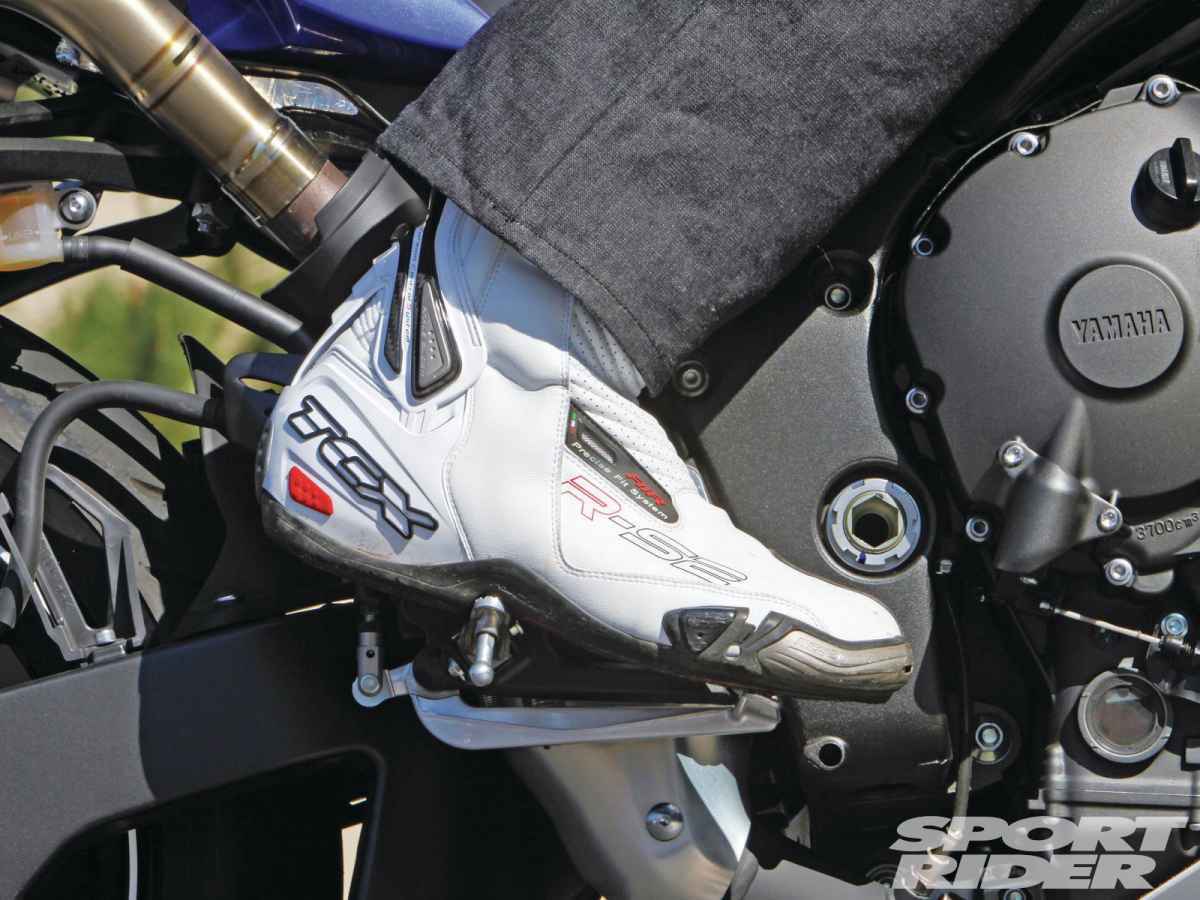
Dragging the rear brake softly while leaned over in a corner helps the bike maintain a tight line. Besides that, it slows the bike slightly without rolling off the throttle or tapping the front brake lever, thus not introducing major abrupt inputs to upset the chassis balance and tyre adhesion.
3. Squeeze, don’t grab
Brakes should be applied progressively (gradually) and not not grabbed or stomped on.
Progressive braking transfers the motorcycle’s and rider’s combined weight progressively to the suspension and tyre. Conversely, abrupt braking causes the wheel to lock. Additionally, mass is slammed forward and eats up suspension travel, causing the front wheel to hop over road irregularities.
If abrupt braking is bad when the bike is straight up, it’s even worse when it’s leaned over on its side. The tyres are already loaded with cornering forces and doesn’t need much more overbraking to overload them. The tyres will either break loose, resulting in a low-side or have the bike standing up and going straight.
So, stop treating the brake levers as ON/OFF switches.
4. Ride loose
Using the arms to support the torso when braking “locks” up the wrists, arms, elbows and shoulders. This in turn means that the rider could only take so much braking forces and gets fooled into thinking that he’s already braking too hard.
Besides that, he would not be able to steer his bike through the corner or out of harm’s way. Ever notice some riders braking hard and still go wide or overshoot a corner?
The trick is to always clamp your thighs onto the fuel tank. That’s the reason why motorcycle designers create knee cutouts (depression) on both sides of the tank. So, clamp your knees onto the tank, and leave your torso and arms as loose (relaxed) as possible. If you’ve never done so during hard braking, you’ll soon discover that you could actually brake so much harder than before, while still being able to steer the bike.
5. ABS helps, not avoid
With all this talk about braking techniques, how does ABS (anti-lock braking system) figure into the equation? Or more accurately, doesn’t ABS take away the need to learn the fundamentals of braking? Oh yes, I’ve had people tell me, “The bike has ABS. The bike will never crash.”
Let’s review what ABS does. Braking is strongest at the point where the tyre is about to break traction. However, that margin between full braking and losing traction is very thin, and once the tyre loses traction, there’s no telling what’ll happen next. When a tyre loses traction, ABS relieves the braking pressure just enough to let the tyre roll then reapply pressure to brake caliper pistons (this happen many times per second).
That’s all good and nifty. However, riders who are unaccustomed to the brake levers pulsing during ABS activation may actually let go of the levers. So, it all comes back to square one: Learn the basics of braking without intervention.
BONUS TIP: Have faith
Frame, chassis, tyre and brake engineering are so advanced these days; more often than not surpassing the skill levels of the majority of road riders.
This is not a criticism of your riding skills, but it serves as a reminder that the limits of the said components are so high, hence there’s plenty of room to go to save your skin at the time when you thought there’s no hope. The point is, have faith in your tyres, suspension, and bike in general and perform the correct actions when you get into trouble, rather than just giving up and letting fate decide.



